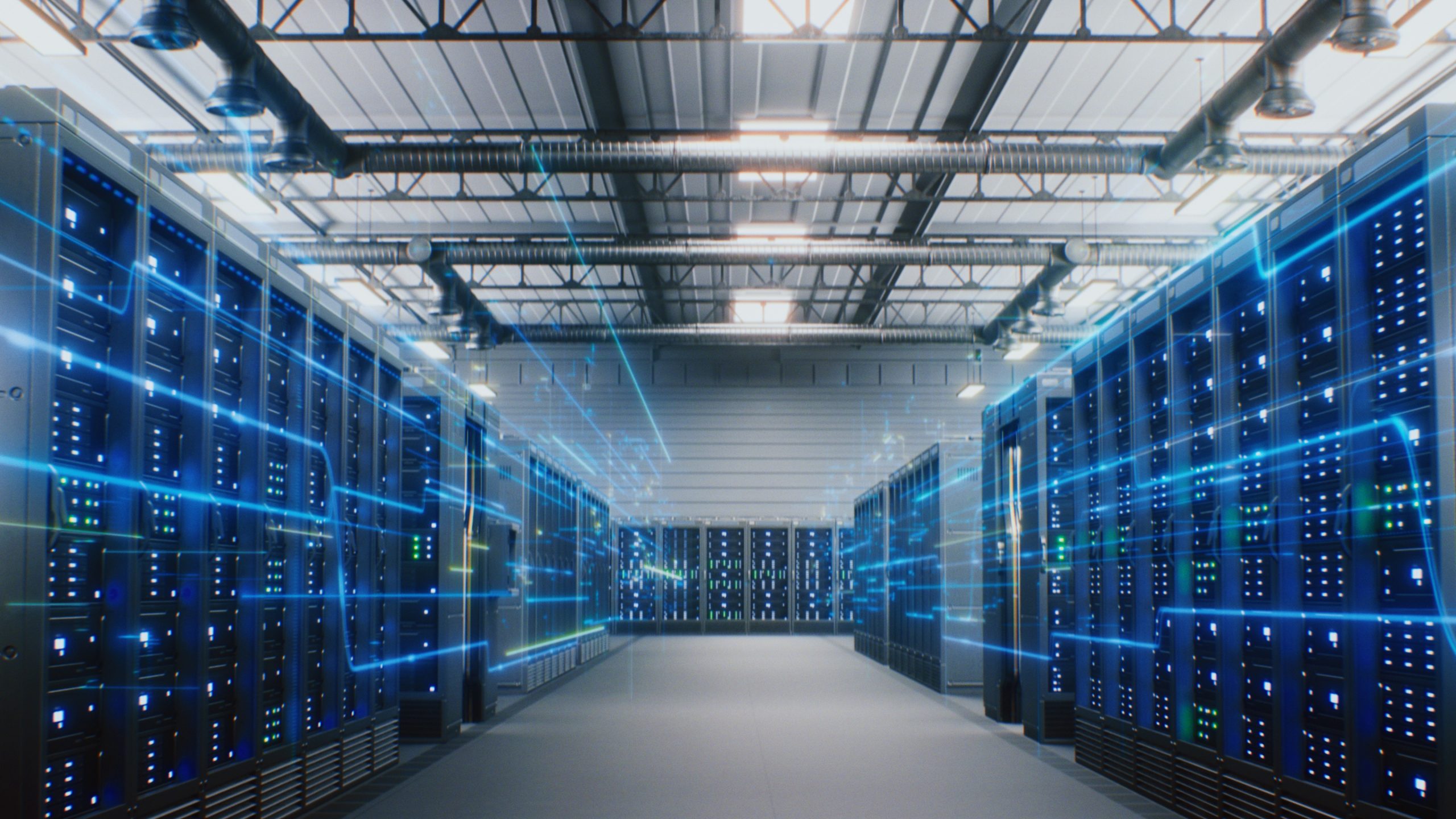Industry Currents: Data Centers Driving New Water Demands in Power
The digital economy is booming, and with it comes an insatiable appetite for power. Data centers — the backbone of cloud computing, AI, streaming, and enterprise services — are expanding at record pace across the globe. But their rapid growth is introducing a new set of challenges at the intersection of power generation and water.

With each new facility consuming massive amounts of electricity, utilities and EPCs are under pressure to scale generation capacity quickly. At the same time, data centers themselves are major water users for cooling, particularly in regions already grappling with water stress. Together, these trends are reshaping how the power industry must plan for — and manage — water.
Water Demands of the Digital Age
A hyperscale data center can require hundreds of megawatts of power, often equivalent to a small city. This surge in demand means utilities must build new capacity or push existing plants harder. Both scenarios put added strain on cooling water resources.
Complicating matters, many data centers are concentrated in locations that present unique challenges:
- Northern Virginia: The largest concentration of data centers in the world, straining both grid capacity and regional water supplies.
- Arizona & Texas: Fast-growing hubs in arid regions, where water availability is already a flashpoint.
- International Expansion: In regions like Asia-Pacific, water-intensive cooling compounds existing infrastructure gaps.
Data centers themselves often rely on evaporative cooling systems, which can consume millions of gallons of water annually. When paired with the upstream water needs of power generation, the combined “double-draw” has become a growing concern for communities, regulators, and investors.
Emerging Solutions
The industry is responding with new approaches designed to reduce both energy and water intensity:
- Advanced Cooling Systems: Many data centers are shifting to hybrid or closed-loop cooling that minimizes water loss while maintaining efficiency.
- Onsite Water Recycling: Facilities are piloting greywater reuse, stormwater harvesting, and advanced treatment to offset freshwater intake.
- Grid + Site Integration: Utilities and data center operators are collaborating to design holistic strategies that align power and water management across the supply chain.
- Location Strategy: Developers are increasingly weighing water access as heavily as fiber connectivity or tax incentives when siting new facilities.
These innovations are promising, but they also require careful planning at the EPC and utility level. Without integrated strategies, risks of community pushback, permitting delays, and escalating costs remain high.
Industry Implications
For EPCs and utilities, data center growth presents both challenges and opportunities. The challenge lies in navigating the complex balance between electricity reliability and water sustainability. Ignoring water strategy can slow project approvals and damage community relations.
The opportunity lies in differentiation. EPCs who integrate advanced water solutions into their project designs can position themselves as strategic partners for data center developers and utilities alike. In a market where speed to market is critical, that advantage is powerful.
Ultimately, the digital age has made water management a cornerstone of power development. Stakeholders are increasingly evaluating projects not only by the megawatts they deliver but also by the gallons they conserve.
SAMCO’s Perspective
At SAMCO, we understand the water challenges that come with rapid digital infrastructure growth. We’ve supported utilities and industrial operators with cooling water treatment, wastewater reuse, and containerized pilot systems that allow new technologies to be tested before deployment at scale.
By addressing water strategy early, EPCs and utilities can stay ahead of regulatory scrutiny, reduce O&M costs, and secure community support. Explore our Power Industry Projects to see how SAMCO helps deliver reliable energy and responsible water management in an increasingly connected world.
